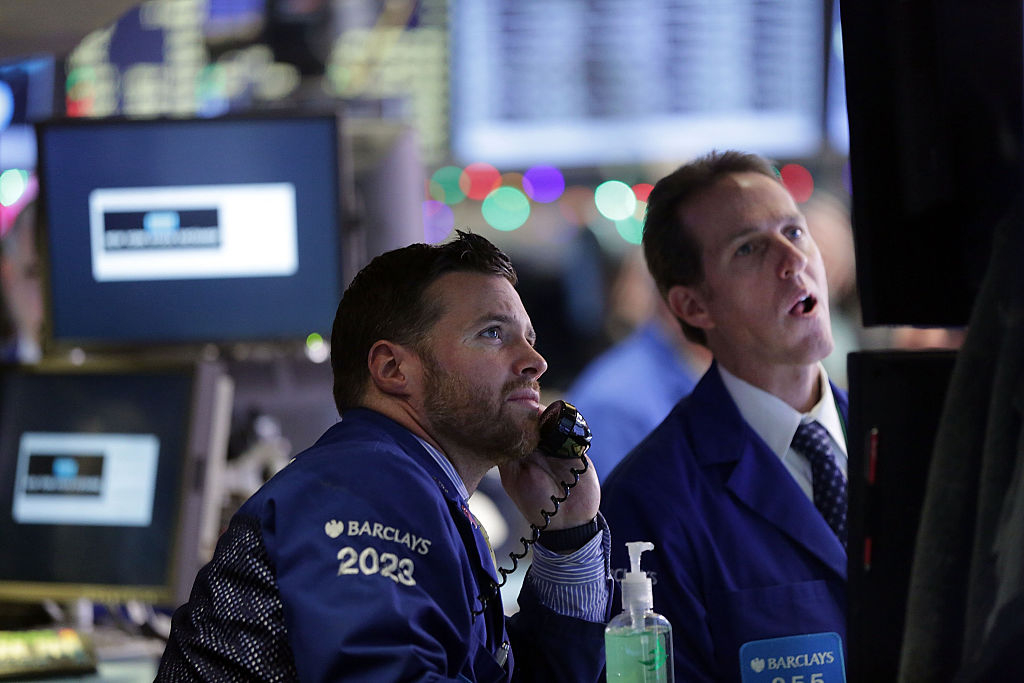Inflation, rate hikes, markets. What impacts have central banks caused with their anti-inflation monetary tightening? He talks about it Antonio Cesarano, Chief Global Strategist of Intermonte, in the analysis “EVENTS&COMMENTS – inflation is hammering, central banks accelerate to curb growth abruptly”.
“The end of the year is approaching and in the meantime we can begin to take stock of the interaction markets/central banks with the related impacts on the market”, writes Cesarano, taking stock of the situation on the main events that have given this year a direction to the markets.
- High inflation has forced central banks to accelerate with restrictive measures, starting with the Fed which has also added to rate hikes accelerated quantitative tightening this too in September, together with the pace of rate hikes, which rose from 50 to 75bp from June. (In this regard, pay attention to the disruptive effects that the possible adoption of a QT by Christine Lagarde’s ECB could have, in the specific case of Italy, on BTPs, therefore on public debt)
- A generic global portfolio 60% bonds /40% equity since the beginning of the year it has reached its maximum decline of around -22% in October, achieving performances similar to those of the MSCI WORLD index.
- In summary: the typical negative bond/equity correlation this year has not brought the benefits of past years, in a context of rapid regime change on rates induced by the hyperinflationary phase underway.
- If you look more directly at the US stock market, you can see how the S&P500 index hit the lows of the year in the middle of the year, marginally updating them in October, but actually scoring a double bottom with June levels.
- The variable that remained relatively constant was the volatility range, with Index VIX included in the 20/35 range.
- Ex post this range was made possible mainly by thealternating hard/soft Fed tones:
Antonio Cesarano summarized the various comments coming from Jerome Powell’s Fed, that:
- in the middle of the year he hinted at the hypothesis of a slowdown in the pace of increases (which the market mistook for an imminent pivot)
- at the end of August reference to “We will continue even with the recession”.
- in October the major reminder of the risks of financial stability, also in the light of the UK pension fund case in September.
Intermonte: increasingly inverted interest rate curves, especially in…
- In hindsight, this attitude of the Fed was accepted by operators who gradually began to hedge less and less against extreme risks, for example of a continuous downward spiral of the markets.
- Evidence of this is the fact that the cost (i.e. volatility) of extreme risk insurance has fallen, as evidenced by the so-called SKEW close to historic lows.
- In other words, operators have perceived the need to protect themselves from downpours (ie limited and controlled drops in equity) but not hurricanes (aka continuous and uncontrolled drops).
- Let’s add another ingredient: the acceleration in the pace of rate hikes in the second half of the year progressively increasingly affected the short-term part of the curve, while the long-term part followed an autonomous path to the point of embarking on a dichotomous path (short-term rates rising and long-term rates falling).
- In other words interest rate curves have increasingly inverted especially in the US.

Inflation and central banks: market scenario up to early 2023
• All these factors can be the first ingredients that can be used to try to trace the market scenario up to the first months of 2023, i.e. until the first FED/ECB meetings next year, February 1 and 2 respectively.
• Central banks, led by the Fed, could continue to try to control market volatility, in an attempt to avoid both excessive downward spirals and also excesses of euphoria: in the first case, the risk would be that of triggering one of the many financial stability risksin the second case (euphoria) to frustrate part of the restrictive intentions, forcing the same central banks to have to chase the markets further raising rates and/or accentuating the QT, which in turn would increase the risks of financial stability (difficulties on the part of some categories of operators, lack of collateral, growing illiquidity of the bond markets, etc.).
• In fact a regime that we could metaphorically define of “adaptive cruise control” where central banks adapt their tone/maneuvers not only to macro data, but increasingly to the behavior of the markets, with the compass in hand represented by the volatility that could continue to fluctuate in the 20/35 range seen during 2022.
• All of this at least until the first months of 2023waiting to verify the trend of inflation and the impact of the restrictive measures implemented up to now.
Therefore, within the first two February FED/ECB meetings:
• Controlled trend (by central banks) of equity taking into account the 20/35 range of the VIX which could correspond to a 3600/4200 range for the S&P500 index
• On the interest rate front, the levels reached so far open up the space for gradual and progressive entry opportunities first of all of government and corporate bonds in portfolioin view of a first landing on rates in February area 5% Fed e 2,75/3% BCEwhich the market has effectively incorporated into expectations
In this case the compass for traders and central banks could be the monitoring of real rates which are starting to show signs of a top being reached. The real US 10y rate (in blue in the graph) in fact it stopped at the maximum since 2010 in the 1.70% area, while the 10y nominal rate (in white in the graph) it went so far as to mark the top since 2008 in the 4.35% area.

